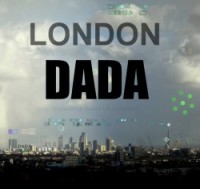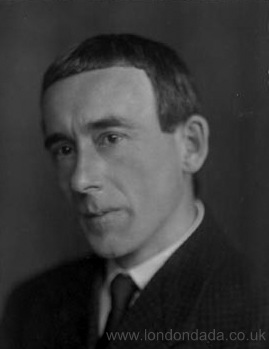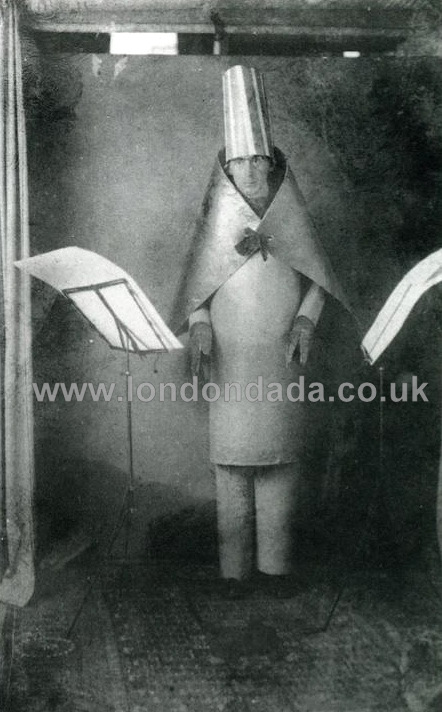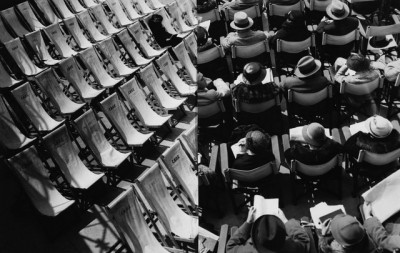Dada-related
London Dada Blog, featuring the full archive of works from 2005
Hugo Ball, 1886-1927
Father of Dada and instigator of Cabaret Voltaire, Zurich 1916
” Art, for us, is not an end in itself, but an opportunity for true perception and criticism of the times in which we live”
” Our art is a burning search for the buried face of this age, for the possibility of it being stirred, awakened “
” The dadaist wages war against the agony of our age and its intoxication with death.
” Perfect skepticism makes perfect freedom possible”
” ( the dadaist) is convinced of the overall connection between all things, entities and beings ..”
Hugo Ball
” Ball was an extraordinary human being. A visionary, a deeply religious man who in his youth under the influence of Nietzsche, had rebelled against the church, a highly gifted writer and poet, he combined, in a rare fashion, a sharply critical intellect with a nobility of spirit and grace. ” – Hans J. Kleinschmidt, editor, Memoirs of a Dada Drummer
“The war is based on a glaring mistake……men have been confused with machines”
Ball’s reasoning behind the Sound Poem
“Language was deeply discredited due to its use as propaganda that “justified” war. The journalistic and political abuses of language meant that “The word has been abandoned; it used to dwell among us. The word has become a commodity.”
” I don’t want words that other people have invented. All the words are other people’s inventions. I want my own stuff, my own rhythm, and vowels and consonants too, matching the rhythm and all my own. If this pulsation is seven yards long, I want words for it that are seven yards long. Mr Schulz’s words are only two and a half centimetres long.
It will serve to show how articulated language comes into being. I let the vowels fool around. I let the vowels quite simply occur, as a cat meows . . . Words emerge, shoulders of words, legs, arms, hands of words. Au, oi, uh. One shouldn’t let too many words out. A line of poetry is a chance to get rid of all the filth that clings to this accursed language, as if put there by stockbrokers’ hands, hands worn smooth by coins. I want the word where it ends and begins. Dada is the heart of words.”
DADA MANIFESTO, by Hugo Ball
* * * * *
Wikipedia biography
http://en.wikipedia.org/wiki/Hugo_Ball
_________________________________________
The majority of art students and even academics appear to accept the popular interpretation of Dada – unfortunately now ingrained into art history – as an essentially nihilistic, nonsensical, negative and ultimately destructive movement.
However….
* “Dada is eminently civilizing”
* “Dada is essentially the search for a new morality”
* “Dada is the revolt of the personality threatened on so many sides, a revolt against leveling, stupidity and destruction. It is the distress cry of creative people against banality”
* “Is art really dead? Naturally art is not dead, but it needs a new effort at clarification of its principles in an age that is giving itself over to self-destruction with terrifying enthusiasm”
– Richard Huelsenbeck, close friend of Ball and co-founder of Dada. *1920 & **1957
” While guns rumbled in the distance, we sang, painted, made collages and wrote poems with all our might. We were seeking an art based on fundamentals, to cure the madness of the age, and find a new order of things that would restore the balance between heaven and hell.”
– Hans Jean Arp, one of the original founding members of Dada
Richard Huelsenbeck / Tristan Tzara interview
____________________________________
1960 interview at Museum of Modern Art, NY – ” Dada lives”.
Richard Huelsenbeck audio, describing how Dada began
( press Back button on your browser to continue to view this website while listening)
* * * * *
Pocket history / biographies on the five original 1916 Dadaists
http://www.nga.gov/exhibitions/2006/dada/artists/ball.shtm
Moholy-Nagy
“Under the impact of violent changes, true artists, writers, scientists and philosophers become the revolutionaries of a realistic Utopia awakened from the mere enjoyment of their crafts to the essential duties and responsibilities toward the community”.
Since the development of Renaissance Perspective (circa 1500), art has served to describe the phenomena of the visual world. László Moholy-Nagy was at the center of the radical modernist transition from art being about what we see in the world – to an exploration of perception. Rejecting the notion that art should reflect the ideas and values of the past, Moholy-Nagy called for a new art form – one that heightens our awareness of NOW and reconfigures how we view the world.
For Moholy-Nagy the relatively new medium of photography fit the bill and with that I fully concur. Fine art photography is a relatively new form of artistic expression; compared to the time-honored mediums of painting and sculpture, the oldest examples of fine art photography just date back to the 19th century. Indeed, it was a struggle for early fine art photographers to have their work recognized as “high” art. However from the mid-late 20th C. onwards, photography has come to be recognized as an art form for its ability to communicate the photographer’s unique point of view and elicit profound emotional and other reactions from viewers. For this reason I prefer to use photography as The instant and eminently efficient contemporary means for eliciting and conveying true perception and criticism of our times in art – Hugo Ball’s very definition of Dada.
Michael St.Mark, London 2014
” Art needs an operation”
– Tristan Tzara
Deckchairs at Margate
LM-N, 1935
________________________________________________________
London Dada Blog, featuring the full archive of works from 2005
London Dada on Pinterest



